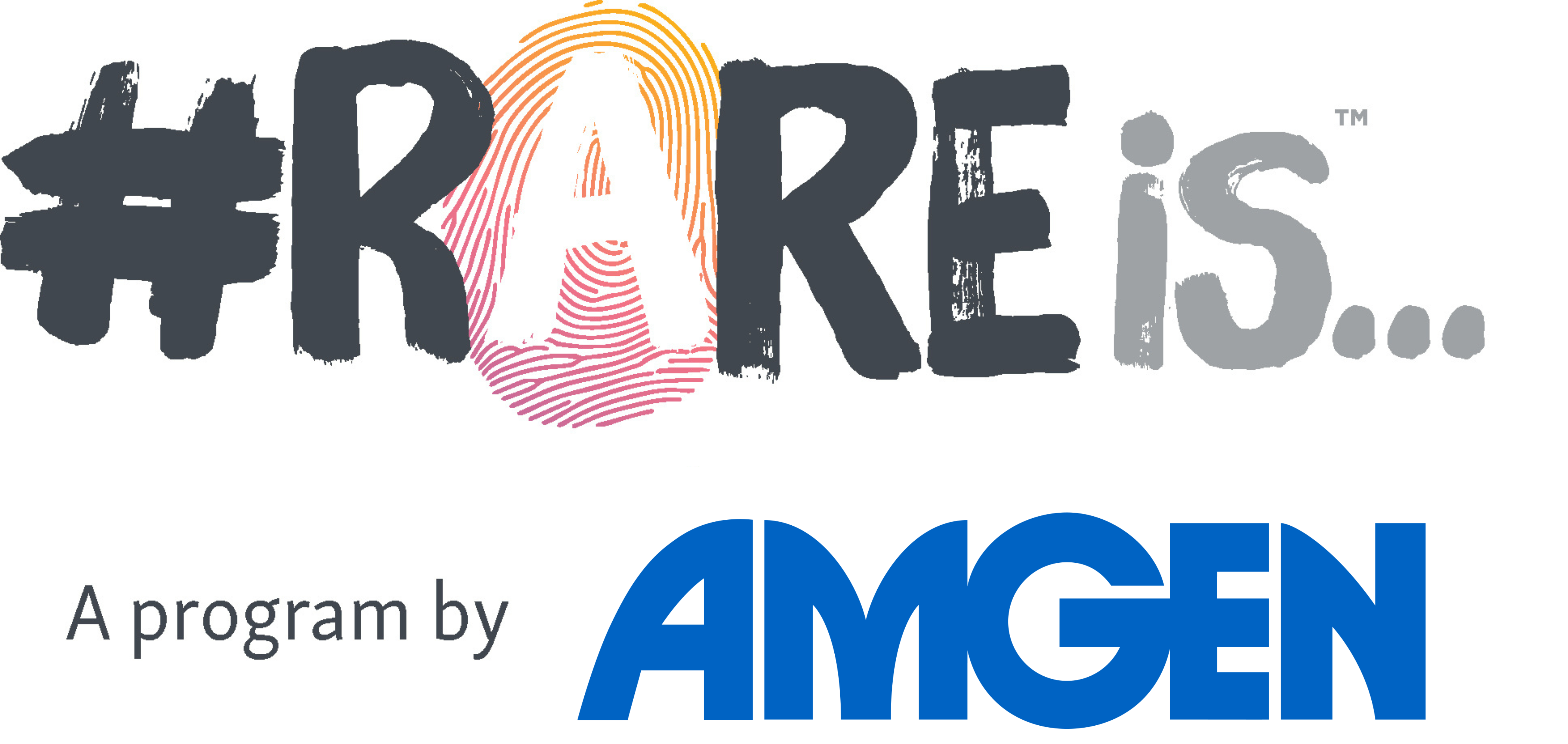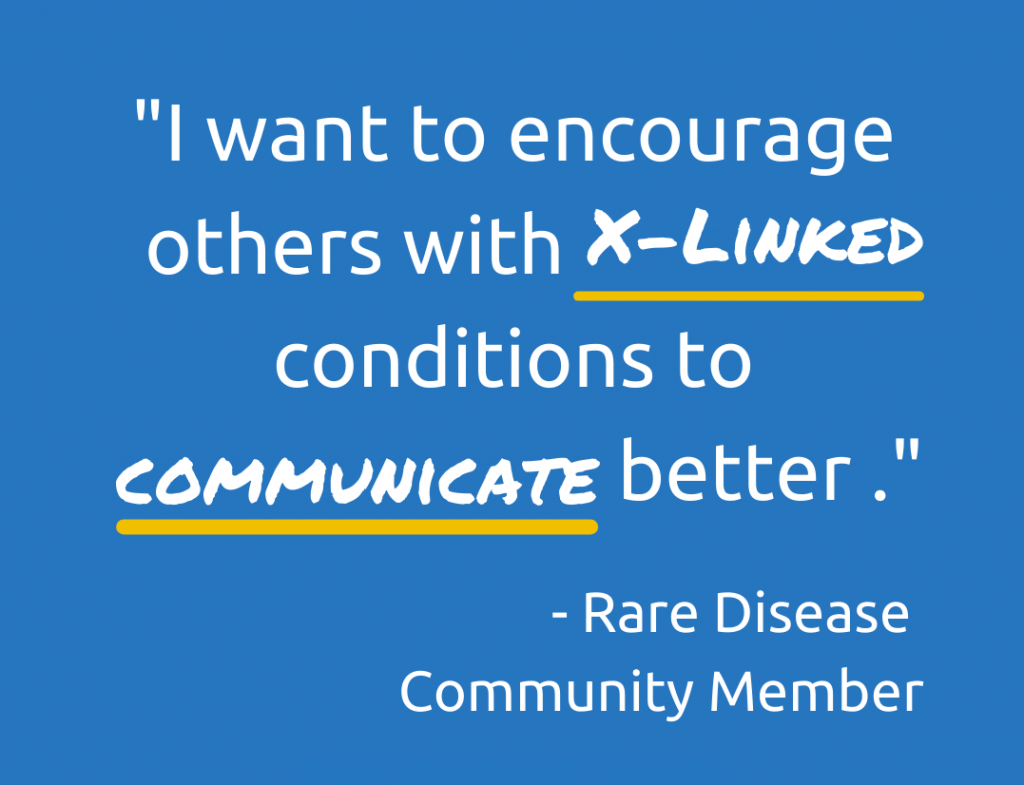Turning an Ending into a New Beginning
When is the last time you heard the question, “If you could pick one thing to tell your younger self, what would it be and why?” Perhaps like me, you skirt it with humor, “I’d tell myself not to pluck my eyebrows so much in the 90s.” Laughter would ensue while the uncomfortableness of the question is abandoned; inner reflection refused. We don’t dare darken the doorway of that chapter – the one in our own books of life we wish to keep closed. Yet this question sees us peeking inside. Quick. Close the door. Lock it. Throw away the key. Stay busy and move along, right?
My closed chapter is one filled with physical and emotional abuse, abandonment, and betrayal — pain. It is my go-to reference point on which I pin all of life’s struggles. I blame it when I’m defeated. It’s my excuse when I make mistakes. It’s my poison when I’m angry and my comfort when I’m sad. I buy it gifts; I dress it in fancy chains and lock them with jewels. The keys I toss are tossed in its mouth – feeding it. But today, I’m not writing about that chapter. Instead, I’m writing about the one cleverly hidden in the ever-growing shadow of the first. I wonder who hid it there.
My X-Linked Carrier Diagnosis
Some time ago, I agreed to write about my family planning journey as a female with an X-linked disorder. A long-standing family history of this condition lent me a probable, yet unofficial diagnosis sometime in late childhood. My grandmother had passed the condition to my mother, who had possibly (as it were at the time) passed it to me. Still, there were hopes my symptoms were caused by “something else.” While this took center stage in family discussions, questions of inheritance implications were hushed. I asked my mother, “What if I pass this to my kids? I can’t stand the thought.”
Silence. Perhaps guilt suffocated my mother the same way my own has suffocated me.
I proceeded through life without an official diagnosis. I married my husband. I welcomed three wonderful children into the world. I stayed busy. Then my son’s urinalysis came back abnormal. Full steam ahead. we met with a geneticist, scheduled testing, and waited. “Something else,” I thought, “it’s something else.”
The first phone call confirmed my diagnosis. The second, stopped time. My oldest two were confirmed positive. Guilt, grief, anger, blame, and dread instantly swirled the air around me. I couldn’t breathe. I couldn’t speak. I could only cry. I cried until my guilt drowned me. I sunk to the depths of my despair. There I found the beast of the chapter I use as a crutch. I tried to nail my pain to it, but it wouldn’t hold. It didn’t matter how hard I tried – nothing worked; a new chapter was formed. So, I took my pain bound in leather and hid it – in the corner of the shadow of a beast – where I thought I’d never see it again.
Changing the Narrative
Years later, I want to encourage others with X-linked conditions to communicate better – more – about their reproductive options. I want to encourage families to have the difficult conversations. I want to save someone from my pain. So, I agreed to write about my journey. I typed and typed, but no words would form — only silence and suffocating guilt. I became angry — kicking and screaming at the process. So, I visited my trusted friend: the beast of the chapter I use to blame my struggles. Then suddenly, I saw it lying there.
I grabbed the chapter of our diagnoses. The words “If only” were etched on its surface. I began playing a dangerous game. “If only I had known for sure I had this condition,” “If only my parents would have talked to me about this,” “If only I hadn’t had children.” The last one was my call to open the book — I deserved the pain it would bring. I started at the beginning, reading every word. On the last page I had written, “This is your fault” – circled and underlined. I shut the chapter angrily, swearing I’d never open it again; I would never talk about this again. “If only,” I thought. “If only I hadn’t agreed to this.”
If I could give anyone that has passed a genetic condition to their child advice, I would encourage them simply to talk about it. Talk about your experience, your disappointment, anger, fear, and blame. Allow yourself to feel the pain. Then, allow yourself to understand your pain. Because understanding begets compassion; and with compassion, we find healing. Through healing, we find our purpose.
For far too long, I buried the pain of my children’s diagnoses. I refused to talk about the day I received the infamous phone call while calling myself empowered. I blamed my hurt on my lack of knowledge of reproductive options. Then, I talked. I wrote. I relived the pain. My hope is that sharing my experience will help others know they are not alone, and to encourage those who think they cannot overcome their pain to do so anyway. Perhaps by talking about your experience, you will find the reason your pain is so great, and your healing is so needed. For me, I’ve found that both are because of my purpose – and that is to love my children well.
Some days I wonder what one thing I would tell my younger self if given the chance. The eyebrow thing is a given, but I’d also tell myself to read that chapter title again. “If only,” it now reads, “you knew how much they love you.”
The Love of a Mother
My advice to others who have passed genetic conditions to their children, is to know that your pain, grief, and worry are not caused by your family planning choices. Instead, these only exist where there is love. And if our pain is great, we can rest knowing our love for our children is even greater.
I encourage other women with X-linked genetic conditions to connect with the non-profit organization Remember the Girls. The organization’s open support network and educational webinars are valuable resources for others with similar experiences.
The Alport Syndrome Foundation is an excellent resource for individuals with Alport syndrome for education, advocacy, and empowerment.

